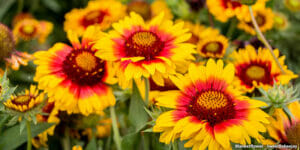Summer is finally here, and that means Colorado is exploding into color. Trees and lawns are green, vegetable and flower gardens are blooming with life, and all around the state, wildflowers are beginning to peek their heads up from the ground. It’s a transformation that takes place at different times of the summer depending on factors like elevation and location, but if gorgeous blooms are what you’re looking for, we’re here to help you find them.
Colorado Wildflowers: A Brief Field Guide
First thing’s first: when you’re checking out wildflowers in Colorado, you’ll need to know what to look for. There are literally hundreds of wildflowers that grow in Colorado, but here’s a list of some of the most common:
Bluebell
Delicate bluebells look exactly like what the name implies.
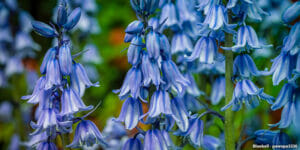
Colorado Blue Columbine
The Rocky Mountain Columbine is a gorgeous blue and white star-shaped flower you’ll find all over the state, which is appropriate since it’s our official state flower.
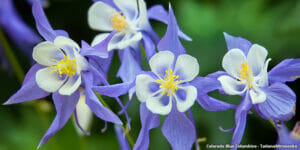
Elephant Head Lousewort
This is going to sound weird, but these little pink flowers, when viewed from the right angle, look just like the head of an elephant, trunk and ears and all!
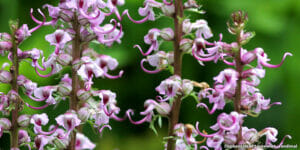
Fireweed
Fireweed gets its name from its ability to grow so quickly and prevalently in areas ravaged by wildfires, and since it can survive to a subalpine level of elevation, it blankets the ground on a lot of Colorado hikes.
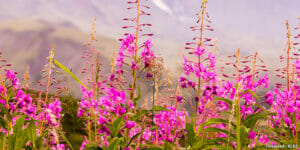
Indian Paintbrush
This tall flower with its cup-like bracts comes in a variety of colors, but you’ll most likely spot the red and orange varieties in Colorado.
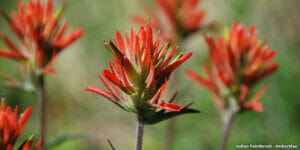
Pink Mountain Heather
Pink Mountain Heather carries small pink blooms on a low, shrubby, bush-like plant. It grows at higher elevations in subalpine forests and meadows.
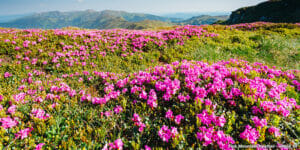
Prairie Flax
These beautiful little flowers are also called “wild blue flax,” with five rounded pale blue petals, sometimes veined in a darker blue.
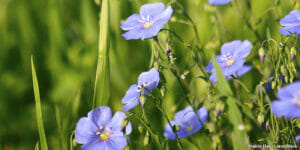
Rocky Mountain Bee Plant
This furry pink plant grows on a tall stem, and as the name implies, it attracts a lot of pollinators. Some of its other common names are less complimentary, like “skunk weed” or “stinking clover.”
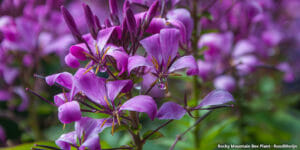
Scarlet Gilia
Scarlet Gilia was first discovered by famous explorers Lewis and Clark in the mountains of Idaho during their expedition across the US. Each of its red, pink, or white flowers looks like a long tube with five petals at the end.
Silky Lupine
They are hardy up to 11,000 feet elevation, so you can find them in plenty of areas in Colorado.
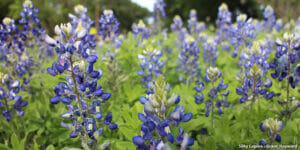
Subalpine Larkspur
These grow best at 8,200 to 13,400 feet, and a fully mature plant can have dozens of gorgeous deep purple blooms on a single stalk.
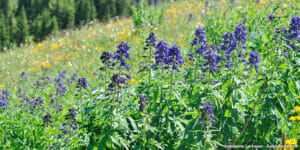
When to Find Wildflowers
You can find wildflowers pretty much anywhere in Colorado, from the flat prairielands near Kansas to the subalpine meadows up in the mountains. The higher your elevation, the longer it might take to see wildflowers, but generally the best time of year for spotting them on the plains is during late spring or early summer, and the best time to see them in the mountains is during the months of July or August.
Where to Find Wildflowers in Colorado
Whether you’re hiking, biking, horseback riding, off-roading, or taking a scenic drive, you’re sure to spot some colorful flowers this summer, but if you’re specifically on the lookout for wildflowers, check out these areas for some truly spectacular natural gardens.
Flat Tops of NW Colorado – you’ll find some incredible displays of up to 114 different types of wildflowers. For a great hike ala Gulliver’s Travel style, try the Pyramid Guard Station Trail called East Fork Trail 1119 where the tall aspen canopy blocks the sun and the mountain phlox and other flowering plants can grow to as tall as 6 feet trying to reach the sunlight streaming through pockets in the canopy. Best in late July and early August.
Ride horseback on the Baldy Mountain Trail 1120 and take it all in from the local mountain tops; including some of the best areas for Indian Paintbrush, Columbines and Lupines.
Wildflower Etiquette
It can be incredibly tempting, when you see a colorful field blanketed with wildflowers, to pluck a few to press in your journal, or to create a quick flower crown or bouquet as you hike. It’s only a few flowers in a field of thousands, right? Wrong, unfortunately. Remember that hundreds of people use Colorado’s trail system every day, and if everyone took even a single flower during their hike, the flowers’ growth wouldn’t be able to keep up.
It’s the same when it comes to things like lying in a bed of wildflowers or stepping off the trail and into a colorful blooming field for that perfect Instagram pic. Once one person does it, everyone starts doing it, and don’t let the sunshine and warmth fool you—those fields of wildflowers are just like a fresh blanket of snow. Your footprints will be visible via a path of broken stems, and where you found an untouched field of gorgeous flowers, you’ll leave behind a messy trail.
Colorado’s wildflowers are part of its natural beauty, which is meant to be enjoyed by all. So this summer as you explore, take selfies, and ooh and ahh over them, treat the wildflowers like you would any other Colorado wildlife: keep your distance, and leave no trace.
CONTACT US
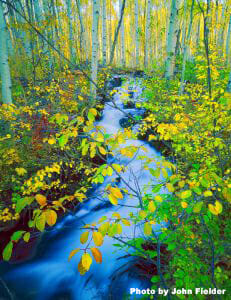
If you have questions or would like to check availability, call 970.926.0216 or complete the contact form.
